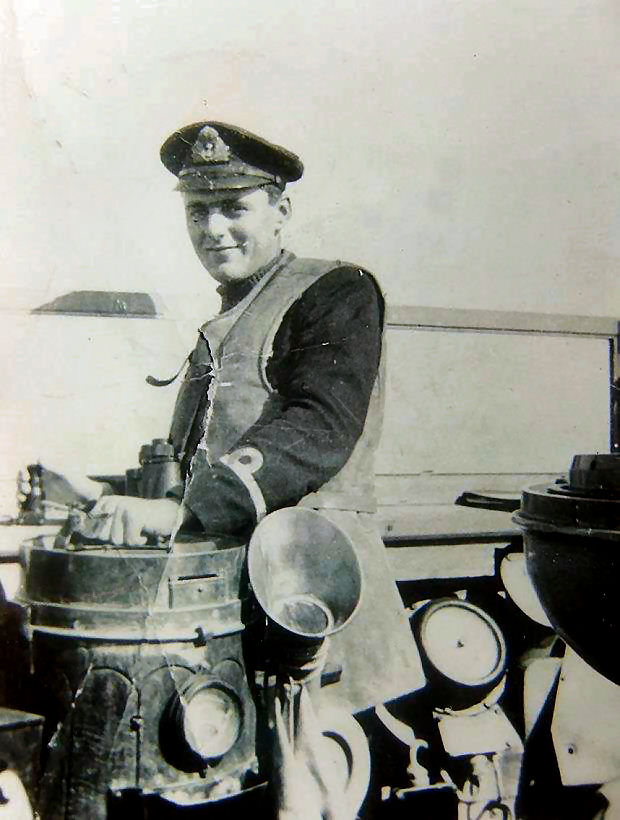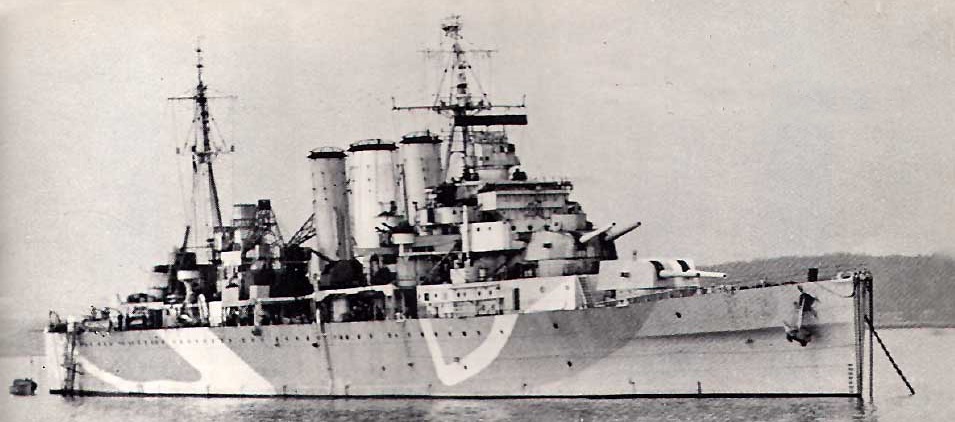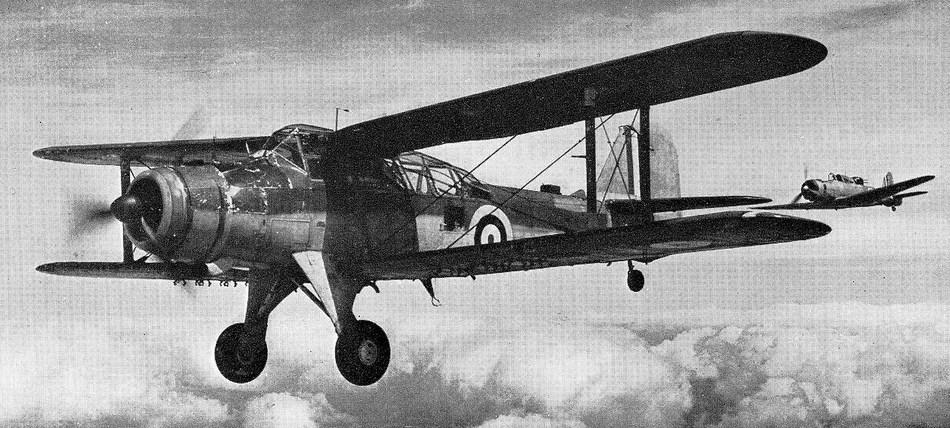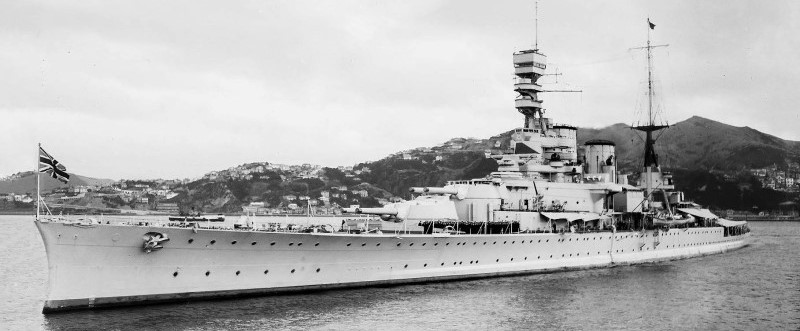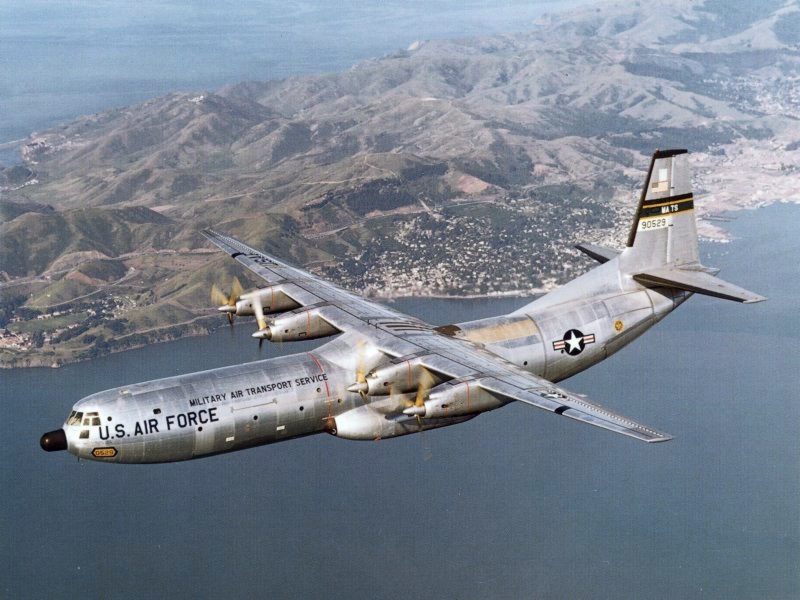|
|
||
|
||
|
Privacy Policy | Editorial Policy | Profit Policy | Join the Association | List of Members | Contact us | Index | Links |
||
|
Back Go to page: 1 2 3 4 5 6 7 8 9 10 11 12 13 14 15 16 17 18 19 20 Forward
|
||
|
|
||
|
USS Ronald Reagan.
On the 24 July, the USS Ronald Reagan (CVN-76), one of the US’s 19 aircraft carriers, arrived in Brisbane for some crew R & R after taking part in the Talisman Sabre exercise off the Queensland coast. The Ronald Reagan is a nuclear-powered Nimitz class ship, is 333 metres long, weighs in at 103,000 tonnes and was commissioned in July 2003.
|
||
|
|
||
|
|
||
|
She is the ninth ship of her class and is named in honour of Ronald W. Reagan, president of the United States from 1981 to 1989. Upon her christening in 2001, she was the first ship to be named for a then still-living former president.
The contract to build Reagan was awarded to Northrop Grumman in December 1994 and her keel was laid down in February 1998. The budget for the ship had to be increased several times and ultimately US$4.5 billion was spent on her construction. After the crew received the traditional first order as an active unit of the Navy - "Man the ship and bring her to life", she made her maiden voyage on 21 July 2003. President Reagan, who did not attend either the launch or the commissioning due to Alzheimer's disease, died eleven months later.
She is a huge ship, needs a water depth of 12.5 metres (41 feet) before scraping the bottom, but when revved up can cruise along at more than 30 knots (55+ kmh). She is powered by 2 Westinghouse nuclear reactors which can generate enough steam to produce approximately 100 MW of electricity. The reactors also drive 4 shafts which spin 4 huge props and if she could carry sufficient food for her crew, could stay at sea for up to 25 years before she’d need refuelling.
She needs 3,200 navy bods to drive her and another 2,480 bods to look after her aircraft, making a total of 5,680 persons on board – nearly twice the size (in population) of Charleville Qld. She serves up more than 18,000 meals a day and has everything from a barber to dentist on board - but no bar as all US Navy ships are dry.
She has a nearly all-flat flight deck with a starboard side island superstructure which is set slightly aft of amidships. The primary landing area for fixed-wing aircraft is the angled section of runway running from starboard-stern to portside-bow. Four hangar elevators provide the necessary access from below with three elevators featured along the starboard side and one along port. There are a total of four steam catapults, two of which are along the centre-line of the vessel and two along the portside.
|
||
|
She can carry a variety of up to 90 fixed-wing
or rotary-wing aircraft at any one time This includes air defence
fighters, strike aircraft, Airborne Early Warning (AEW) platforms,
transports, Search and Rescue (SAR) helicopters and the like, all of
which makes her a very formidable force (Click the pic above). All fuel
and munitions for the aircraft are stored aboard in lower decks and the
design of the hangar areas ensures that an explosion or fire can be
rapidly contained in the event of an accident or direct hit from an
enemy weapon - lessens no doubt learned through the hard-fought carrier
Mounted on the vessel’s island superstructure are the various sensors and processing systems available to the Nimitz-class of ships. This includes 2 radars to serve in the air traffic control role as well as an instrument landing aid radar system. Electronic warfare and torpedo countermeasures are also carried.
While primarily relying on her accompanying fleet of surface warships and air defence fighters, Reagan still carries a collection of weapons as a final line of survival, including medium-range surface-to-air missiles and 4 x 20mm Phalanx Gatling guns.
After commissioning in 2003, her first actions were in support of Operation Enduring Freedom (Afghanistan) and Operation Iraqi Freedom (Iraq) where her strike capabilities were brought to bear. She was then deployed to the Western Pacific under the Surge Deployment initiative until returning home in April of 2007.
After Typhoon Fengshen hit the Philippines in 2008, Reagan and her assets were used in a humanitarian role, a rather unsung commitment quite regularly seen with USN forces, where helicopters and transports provided supplies and assisted in rescues. Then in August 2008, Reagan was deployed near the Afghanistan theatre and launched air strikes on enemy targets in the country. More air strikes followed in 2009 before she was returned home in October. The vessel was then underwent maintenance during the first half of 2010 before being deployed for trials of new equipment and general exercising of procedures. She joined other elements for RIMPAC 2010. In November, her crew assisted the stricken ocean liner "Carnival Splendor" which had suffered an engine fire/outage. She has definitely earned her keep.
When she arrived in the mouth of the Brisbane River, people in their thousands turned out to see her and to photograph her. She was berthed on the southern bank of the river and the best vantage spot was directly opposite on the north bank, next to Brisbane’s sewerage plant at Luggage Point.
|
||
|
|
||
|
With a huge crowd of people gathered in the one spot, all eager to get a look at the ship, it wasn’t surprising that mobile fast-food retailers set up shop and did a very healthy trade.
|
||
|
|
||
|
|
||
|
|
||
|
USS Cole.
|
||
|
Carriers like the Reagan never travel alone, they always have one or more “minder” ships to look after them and to take on the baddies if/when there’s a scuffle. One of the ships that accompanied Ronald Reagan into Brisbane was the USS Cole.
The Cole has had a very chequered career.
She was launched in February 1995 and is an Arleigh Burke class guided missile destroyer and is named in honour of Marine Sergeant Darrell S. Cole, a machine-gunner killed in action on Iwo Jima on 19 February 1945. She is one of 62 Arleigh Burke-class guided missile destroyers.
On the 12th October 2000, while at anchor in Aden, Cole was attacked by Al-Qaeda suicide bombers, who sailed a small boat near the destroyer and detonated explosive charges. The blast created a hole in the port side of the ship about 40 feet (12 m) in diameter, killing 17 crewmembers and injuring 39. The ship was also extensively damaged and was returned to the United States aboard the Norwegian heavy-lift vessel Blue Marlin.
|
||
|
|
||
|
In November 2003, after extensive repairs, USS Cole returned to service. What followed was extensive legal battles attributing blame for the bombing while relatives of those killed and/or injured, sued for compensation. In September 2015, the US District Court issued a final judgement awarding $314,705,896 in compensatory and punitive damages and ordered the Sudanese banks to turn over assets to pay the compensation.
The Cole is a ship of 8,900 tons (fully loaded), she is 155 metres in length and requires 31 feet of water in which to float. Flat chat, she will exceed 30 knots and has a range of 4,400 nautical miles at a cruise speed of 20 knots. She needs 280 persons to drive her.
She carries all sorts of electronic toys and weapons to ward of the baddies and if required, can carry two Seahawk helicopters.
|
||
|
|
||
|
Lieutenant Commander David Balme
Lieutenant Commander David Balme, who recently passed away aged 95, led a boarding party which captured the secrets of Enigma from a German U-boat during the Battle of Convoy OB138 in May 1941, a turning point in the Battle of the Atlantic.
At midday
on the 9th May, 1941 Commander Joe Baker-Cresswell, captain
of the destroyer Bulldog, was about to order the ships of the 3rd Escort
Balme was ordered to row across in Bulldog’s whaler to “get whatever you can out of her, documents, books, charts, and get the wireless settings, anything like that”. Jumping on to the U-boat’s outer hull he walked, revolver in hand, to the conning tower, at which point he had to holster his pistol in order to climb three ladders to the top of the tower and down again inside the U-boat to the control room. It was, he later recalled, “a very nasty moment because both my hands were occupied and I was a sitting target to anyone down below”. Balme was very frightened; he expected the boat to sink, or scuttling charges to blow up at any moment, or to be overcome by chlorine from damaged batteries. The inside of the boat was dimly lit, there was a “nasty” hissing noise, and he could hear water slopping in the bilges. “I immediately went right for’d and right aft with my revolver in my hand to see if there was anybody about,” he said later. Noting that despite damage the U-boat was clean and well-kept and there was food on the table, but finding no Germans aboard, Balme called down the boarding party and “started ransacking all the treasures of the U-boat”.
In the wireless office, telegraphist Alan Long found “a funny sort of instrument, Sir, it looks like a typewriter but when you press the keys something else comes up on it”. Balme (right) recognised this as “some sort of coding machine”, which he ordered to be unscrewed, and he organised a human chain to carry the machine and other equipment, charts and documents up the ladders and into the whaler. Balme and Long had found an Enigma machine, the cipher device which the German U-boat service used to communicate to its fleet in, as the Germans thought, an unbreakable code.
Besides that day’s settings, they also recovered the daily settings until the end of June, which, when delivered later to Bletchley Park, enabled Alan Turing and his team to read the German naval “Hydra” code, the officer-only code, and with the knowledge and experience gained, to go on to crack several other codes. Lemp’s crew were so demoralised and ill-disciplined that later in prison camp they talked freely to their interrogators about U-110 and about other boats in which they had served.
Balme and his men spent six hours inside U-110, where for some time they were left alone in the Atlantic, listening to the distant sound of depth charges while the 3rd Escort Group hunted another U-boat. When Bulldog returned, Balme passed a towline, and for a day U-110 was pulled towards Iceland, until about 11.00 on the 10th May, 1941, when the German vessel reared its bows in the air and sank stern-first.
The loss of U-110 enabled the British to throw a cloak of secrecy over the whole affair, a cloak so dark that even when Captain Stephen Roskill, the official historian of the Royal Navy, wrote about the capture in 1959, only those already in the know were able to read between the lines and would have realised that the secret of the capture was not the U-boat but the Enigma material which was salvaged from it. Balme had been told that the truth of his secret capture would be kept forever, and was surprised when in the 1970s its secrets began to leak out. Baker-Cresswell and Smith were awarded the DSO, Balme the DSC, and Long the DSM, for enterprise and skill in action against enemy submarines.
There were also breaches of security: Baker-Cresswell had told Balme to bring him back a pair of binoculars. Balme brought back two, and he used these swastika-stamped Zeiss binoculars in his yacht for 50 years. He also pinched Lemp’s cap from his cabin, keeping it as a souvenir until he presented it to the Imperial War Museum in 2003.
David Edward Balme was born in Kensington, London, on the 1st October, 1920, of Huguenot stock. In 1937, at aged 13, David entered Dartmouth Naval College. His naval career was unusually varied. Pre-war, as a midshipman, he served in the cruisers London and Shropshire in the Mediterranean during the Spanish Civil War; he recorded the rising tension in Europe in his midshipman’s journal. When he was re-appointed to the destroyer Ivanhoe in June 1939 she was on the Palestine Patrol, preventing illegal immigration into the Holy Land, and when she was recalled to Britain at the outbreak of war he witnessed the torpedoing of the carrier Courageous in September. In mid-October he took part in the Battle of Convoy KJF3 when two U-boats were sunk.
Balme had a very enjoyable few months on his foreshortened sub-lieutenant’s courses in Portsmouth and Greenwich in early 1940 and his next appointment was as sub-lieutenant of the gunroom in the cruiser Berwick (right). On the 27th November, 1940 she fought against the Italian fleet in the Battle of Cape Spartivento, when she was hit by two 8in shells which knocked out her after turrets, killing seven men, wounding nine others and igniting a fire which took an hour to subdue. Then on Christmas Day that year Berwick was off the Canaries escorting Convoy WS-5A when, despite being hit several times, she drove off the German heavy cruiser Admiral Hipper, thus saving a valuable troop convoy bound round the Cape for the Middle East. When Berwick returned to Plymouth for repairs, Balme was appointed to Bulldog as her navigator.
Bulldog, he declared, was “a happy little ship and far the best time that I ever had in the Navy”. While on her, he took part in several trans-Atlantic convoys and in the occupation of Iceland. Balme’s navigational skill led to him being selected as an observer in the Fleet Air Arm. En route to Egypt in June 1942 he commanded a party of British gunners on-board the American merchantman Chant, part of a convoy intended for the relief of Malta – but was sunk. Rescued from the water, he spent two nights in an air raid shelter in Malta before flying on to take up his duty as senior observer of 826 Naval Air Squadron. Balme’s Fairey Albacore bombers (right) perfected the technique of pathfinding – dropping flares for RAF Wellingtons to bomb. When he left, in February 1943, the Air Officer Commanding sent him a signal of thanks for the “magnificent work with and for the Wellingtons. There is no doubt that these night attacks were one of the decisive factors in crushing the enemy’s attack. The successful conclusion of the land battle may well prove to be a turning point in the war in Africa.” Balme was mentioned in despatches.
Next he qualified as fighter direction officer (FDO) and was sent to the battleship Renown which brought Winston Churchill and his staff back from the Quebec Conference in September 1943. Almost Balme’s last appointment was as staff FDO in the Eastern Fleet, in the battleship Queen Elizabeth, when with acting rank he became the youngest lieutenant commander in the fleet. His service included a month in the escort carrier Empress directing her aircraft on photo-reconnaissance missions over Malaya.
Post-war Balme joined the family’s wool-broking business. He hunted with the New Forest Hounds and, as a member of the Royal Yacht Squadron, sailed the coasts of Western Europe. In 1999 he was historical adviser during the making of the Oscar-winning film U-571, which recast the capture and boarding of U-110 as an American victory. When the prime minister at the time, Tony Blair, called this an affront to British sailors, Balme, the one-time chairman of Lymington Conservatives, pointed out that it was a great film, that it would not have been financially viable without being Americanised, that the credits acknowledged the Royal Navy’s role in capturing Enigma machines and code documents, and that he was glad the story had been told in tribute to all the men involved. He died on the 3rd January 2016.
|
||
|
My luck is so bad that if I bought a cemetery, people would stop dying.
|
||
|
C-133 Cargomaster
The Douglas C-133 Cargomaster was a large turboprop cargo aircraft built between 1956 and 1961 by the Douglas Aircraft Company for use with the United States Air Force. Douglas built 50 of them. It was the USAF's only production turboprop-powered strategic airlifter, entering service shortly after the Lockheed C-130 Hercules, which was known as a tactical airlifter. It provided airlift services in a wide range of applications, being replaced by the C-5 Galaxy in the early 1970s.
The C-133 was for many years the only USAF aircraft capable of hauling very large or very heavy cargo. Despite the Douglas C-124 Globemaster II's capabilities, there was much cargo that it could not carry because of its configuration with a cargo deck 13ft (4m) off the ground and its lower, though substantial, engine power. The C-133 continued in service after the formation of the USAFs Military Airlift Command on 1 January 1966.
By 1971, shortly before the introduction of the Lockheed C-5 Galaxy, the Cargomaster was obsolete as well as being worn out and all were withdrawn from service. The C-133 was originally a 10,000-hour airframe that had been life-extended to 19,000 hours. Severe vibration had caused critical stress corrosion of the airframes to the point that the aircraft were beyond economical operation any longer. The Air Force managed to keep as many of the C-133 fleet in service as possible until the C-5 finally entered squadron service.
C-133s set a number of unofficial records, including records for military transport aircraft on trans-Atlantic and trans-Pacific routes. Among the longest were non-stop flights from Tachikawa Airfield, Japan, to Travis Air Force Base, California (17:20 hours on 22 May 1959, 5,150 mi/8,288 km at an average speed of 297.2 mph/478.3 km/h) and Hickam Air Force Base, Hawaii to Dover Air Force Base, Delaware in about 16 hours (4,850 mi/7,805 km 303.1 mph/487.8 km/h). The only FAI officially-sanctioned record was in December 1958, when C-133A 62008 lifted a payload of 117,900 lb (53,480 kg) to an altitude of 10,000 ft (3,048 m) at Dover Air Force Base, Delaware.
Click the pic below to see its last flight. |
||
|
|
||
|
After retirement by the USAF, several Cargomasters were operated by the Cargomaster Corporation in Alaska and by the Foundation for Airborne Relief based in California.
|
||
|
Don't worry about avoiding temptation. As you grow older, it will avoid you.
|
||
|
Canberras.
In September, 1960, 3 x Canberras departed Amberley and flew to Nigeria for Independence Day celebrations. The aircraft flew via the USA, Bermuda, Azores and Malta to Nigeria. They returned to Australia via Entebbe, Aden, Gan (Maldive Islands), Cocos Islands and Perth. Communications and weather were the biggest problems faced throughout flight.
Click the pic below to see a video on the flight. |
||
|
|
||
|
|
||
|
America is a country which produces citizens who will cross the ocean to fight for democracy but won't cross the street to vote. |
||
|
|
||
|
|
||
|
|
||
|
|
||
|
|

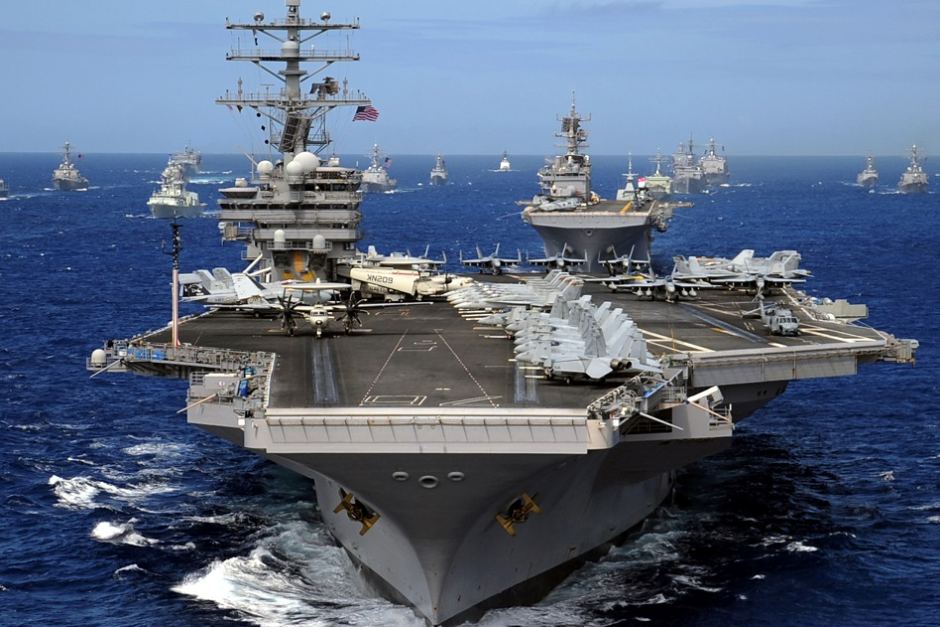

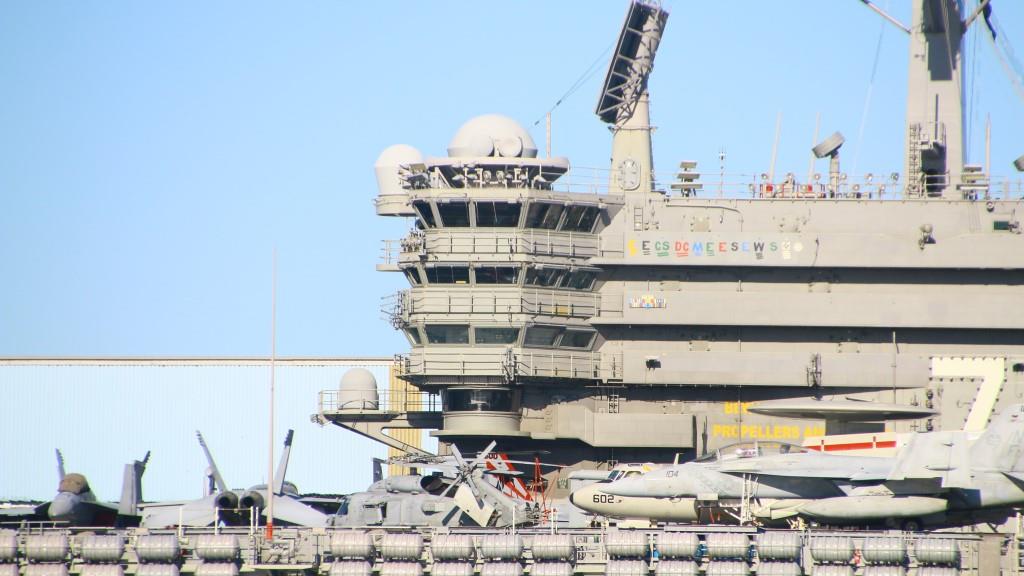
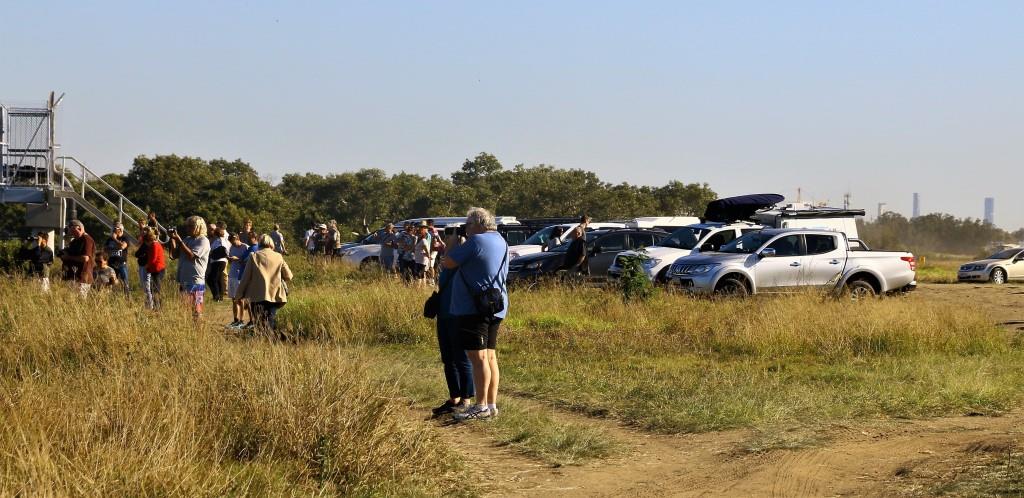
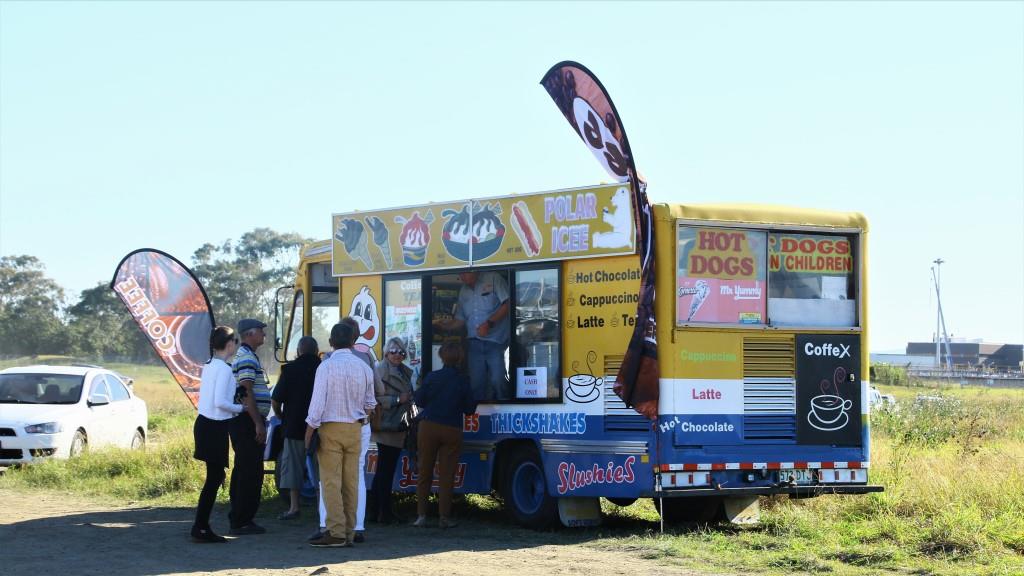
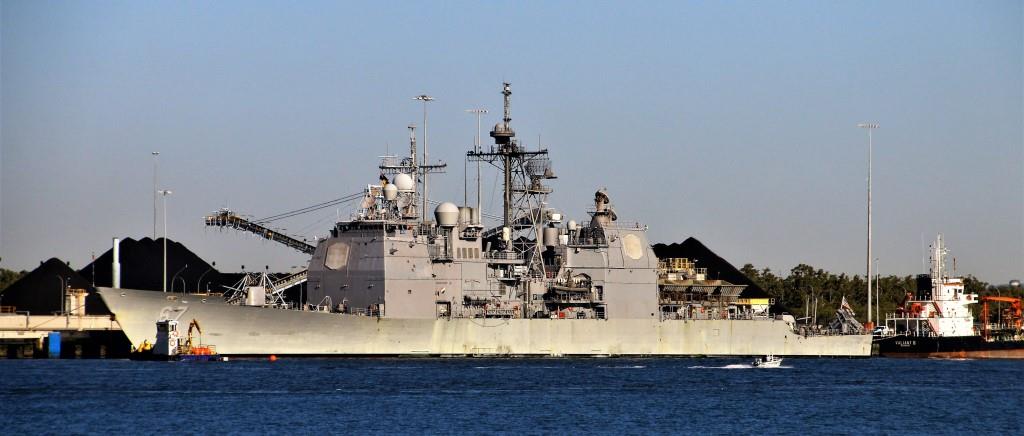
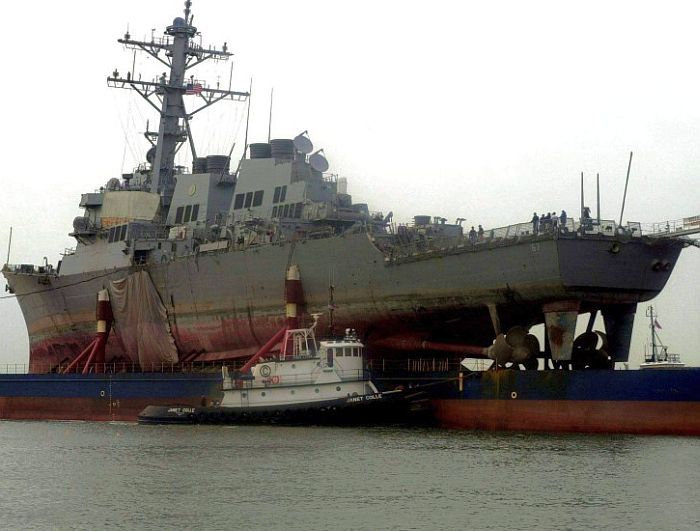

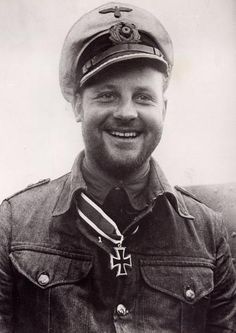 Group to leave west-bound trans-Atlantic Convoy OB318 in order to refuel
at Iceland, when two merchant ships were torpedoed in quick succession.
The torpedoes were fired from U-110, commanded by the U-boat ace
Fritz-Julius Lemp (right), who failed to notice the proximity of the
corvette Aubretia. Before his second salvo of torpedoes struck,
Aubretia’s Lieutenant Commander Vivian Smith commenced a counter-attack
with depth charges which blew U-110 to the surface. The destroyer
Broadway attempted to ram the surfaced U-boat and all three British
ships opened fire with their guns. There was panic in U-110 and the crew
abandoned ship: 15 men were killed or drowned including Lemp, and 32
survivors were picked up and hurried below deck in Aubretia. The action
was over in minutes, and when Baker-Cresswell stopped Bulldog alongside
the U-boat he found it wallowing stern-down in the Atlantic rollers.
Group to leave west-bound trans-Atlantic Convoy OB318 in order to refuel
at Iceland, when two merchant ships were torpedoed in quick succession.
The torpedoes were fired from U-110, commanded by the U-boat ace
Fritz-Julius Lemp (right), who failed to notice the proximity of the
corvette Aubretia. Before his second salvo of torpedoes struck,
Aubretia’s Lieutenant Commander Vivian Smith commenced a counter-attack
with depth charges which blew U-110 to the surface. The destroyer
Broadway attempted to ram the surfaced U-boat and all three British
ships opened fire with their guns. There was panic in U-110 and the crew
abandoned ship: 15 men were killed or drowned including Lemp, and 32
survivors were picked up and hurried below deck in Aubretia. The action
was over in minutes, and when Baker-Cresswell stopped Bulldog alongside
the U-boat he found it wallowing stern-down in the Atlantic rollers. 